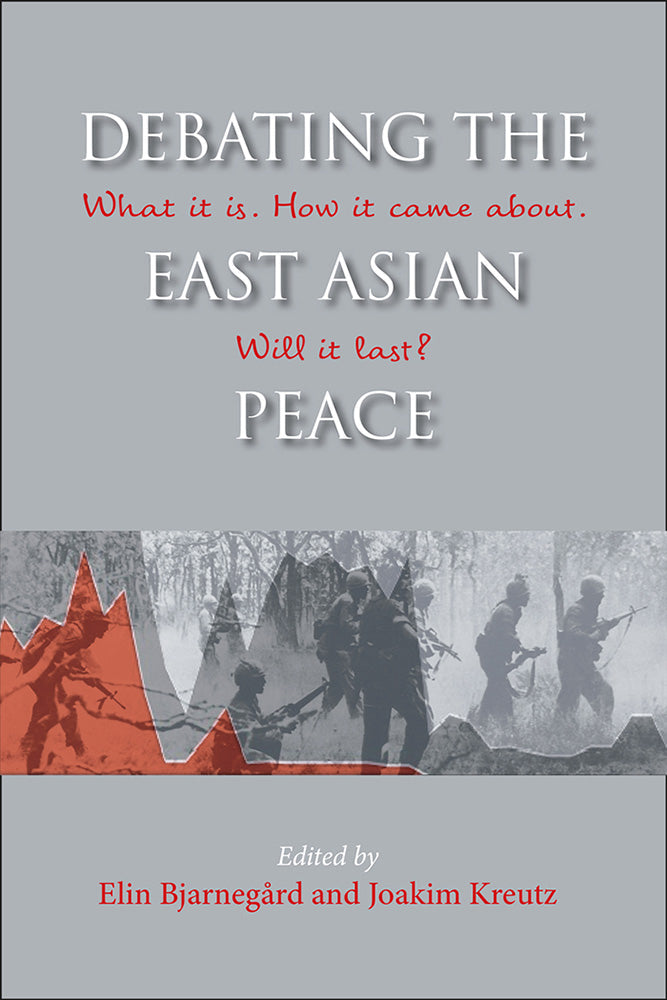Debating the East Asian Peace: What it is. How it came about. Will it last?
$38.00 SGD
edited by Elin Bjarnegård and Joakim Kreutz
Stretching from the steppes of Xinjiang and Mongolia to the forestlands of West Papua and Timor-Leste, the big region of East Asia– here encompassing both Northeast and Southeast Asia – used to be the world’s deadliest battleground. Since the 1980s, however, there has been a sudden and marked reduction in battle deaths. This phenomenon, which has become known as the East Asian Peace, has spurred much debate. This volume reflects on some of the most prominent of these debates. Here, it focuses more on presenting and evaluating a variety of themes in relation to each other rather than offering incomplete answers to a complex question. While the chapters of this volume obviously discuss processes and events in East Asia, its contributions also offer insights to the core general questions for understanding peace and conflict. What is peace and how can it be studied? How can we characterize the East Asian Peace? What limits and conditions are associated with this peace? Can insights from East Asia explain overall regional trends of political violence? Does the way in which peace comes about impact on the quality of peace? Is the East Asian peace under threat? If so, then why is this and where is the threat coming from?
Elin Bjarnegård is Associate Professor at the Department of Government, Uppsala University. Joakim Kreutz is Associate Professor at the Department of Political Science at Stockholm University. Both editors are core group members of the East Asian Peace Programme and are widely published in their field.
Publication year: 2017
328 pp / 229mm x 152mm
4 tables, 27 figures
ISBN: 978-87-7694-220-5, Paperback
ISBN: 978-87-7694-219-9, Hardback
NIAS Press

